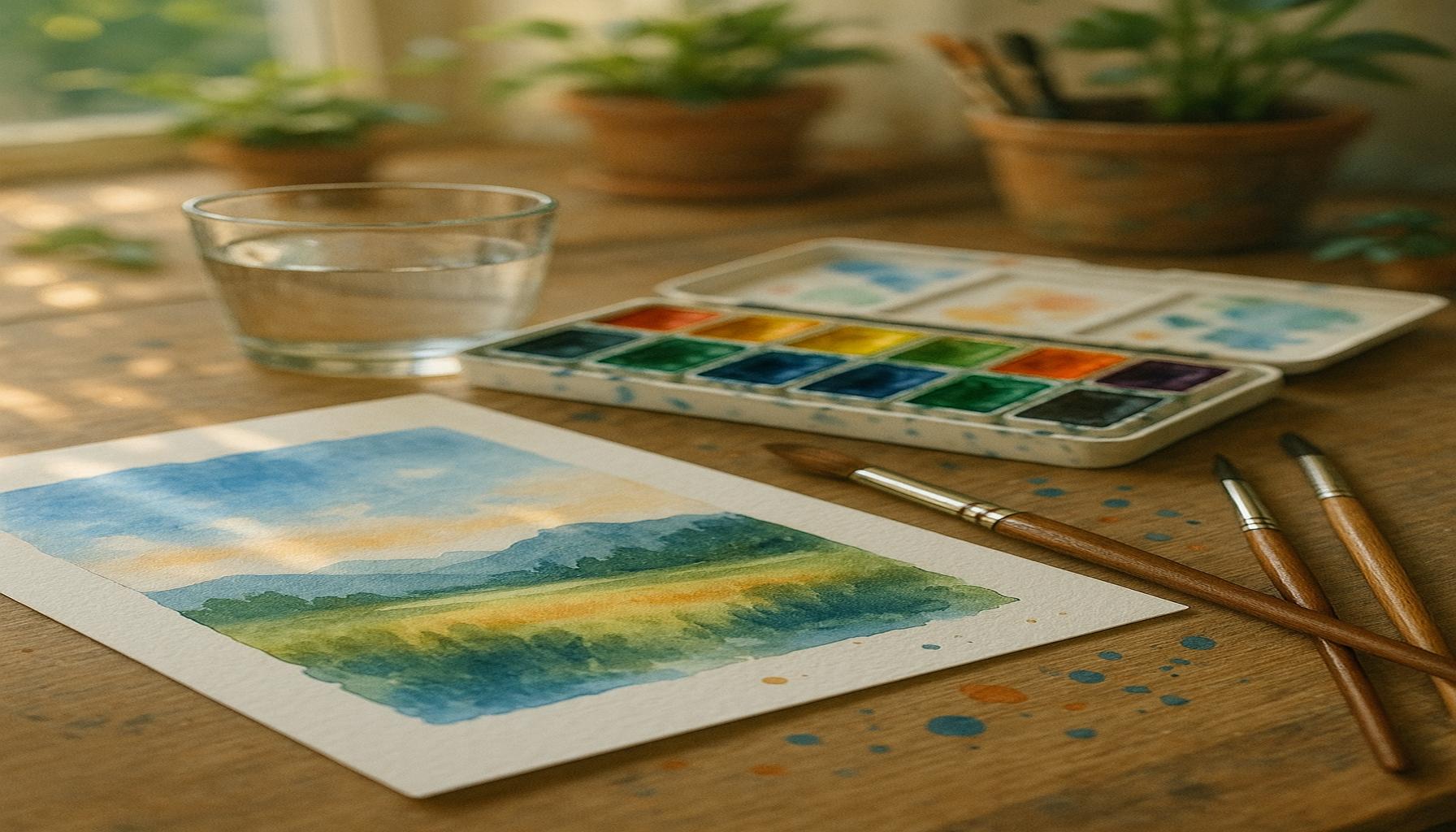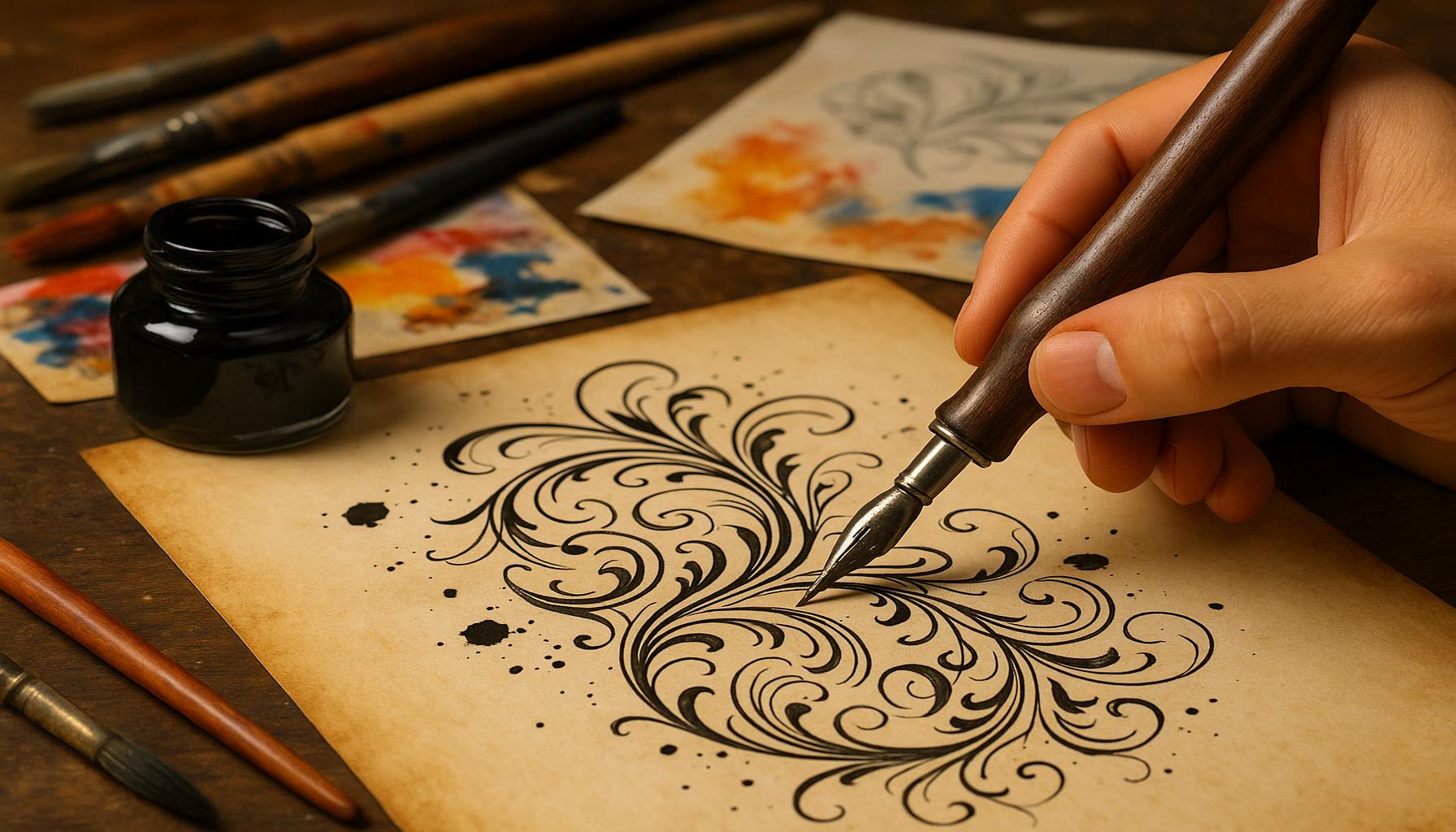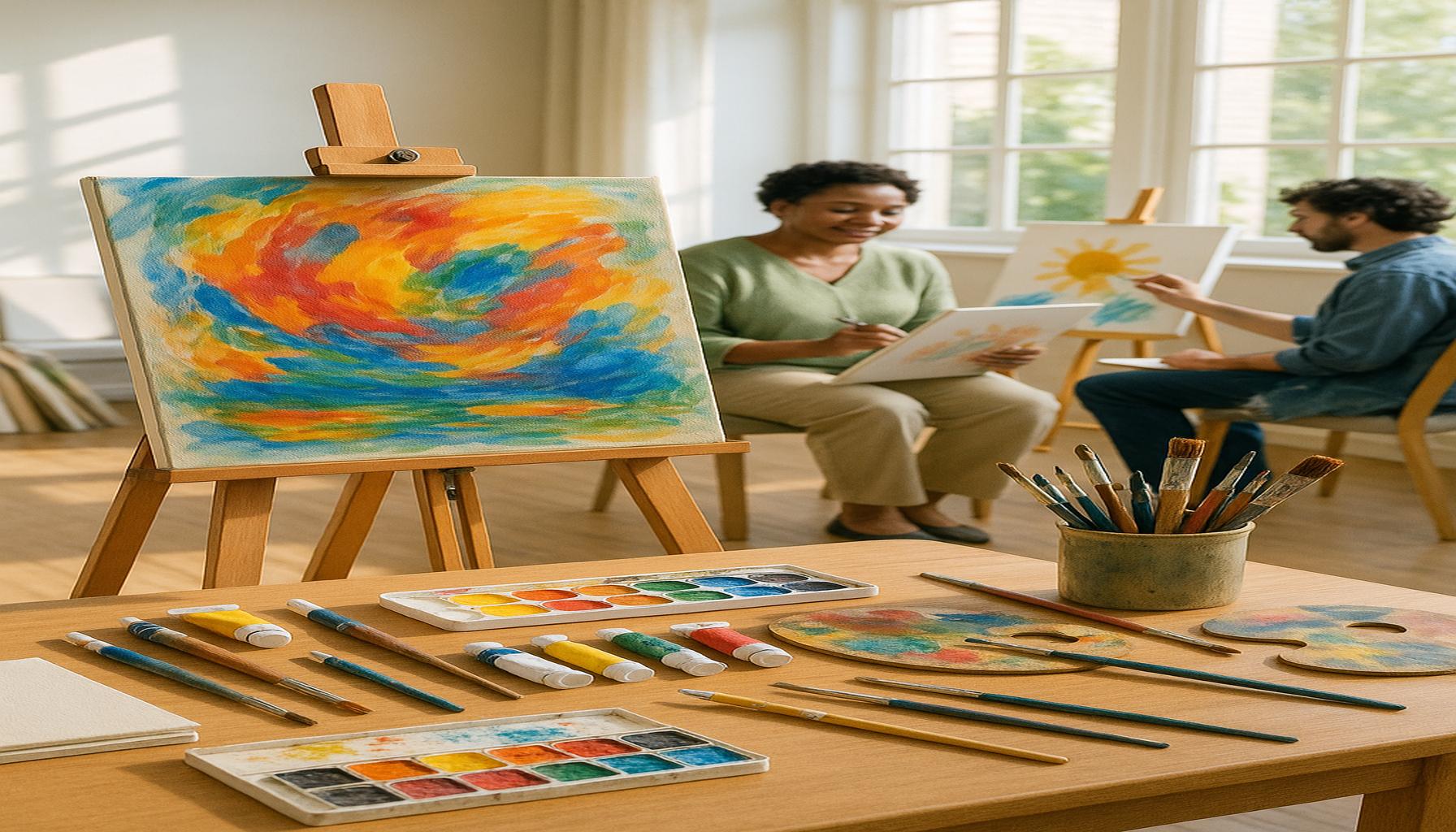The Magic of Clay Sculpture: Creating Shapes and Textures
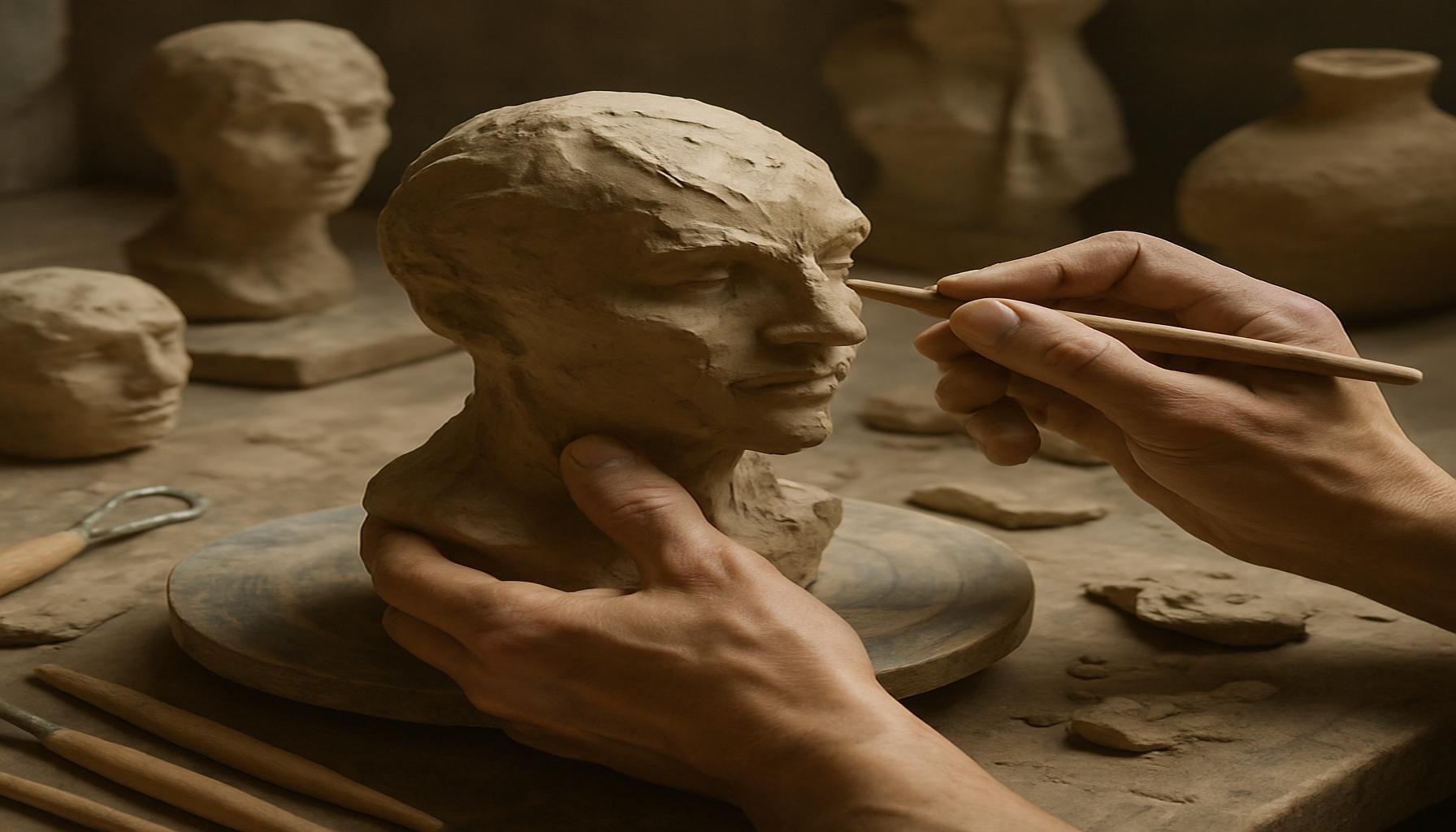
Discovering the Techniques Behind Clay Sculpture
The world of clay sculpture is a vibrant canvas where imagination meets tactile experience. From ancient times to modern artistry, sculpting with clay has captivated both artists and audiences alike. This medium offers incredible versatility, allowing creators to breathe life into their visions. Whether it is the warmth of earthenware or the sleek finish of porcelain, clay has a unique ability to inspire creativity.
Clay sculptures can take many forms, each with its own unique charm:
- Figurative sculptures: These pieces often capture human emotions and movements, illustrating the fullness of the human experience. Artists like Michelangelo used clay to mold life-sized figures that conveyed deep emotion, a practice that continues with contemporary artists exploring the human form.
- Abstract shapes: This genre represents concepts and feelings through creative forms. Artists such as Henry Moore have pushed the boundaries of abstraction in clay, creating pieces that evoke thought and interpretation rather than direct representation.
- Functional art: This category merges practicality with creativity, designing everyday objects like mugs and vases that showcase artistic expression. Artists take care to imbue these items with unique textures, colors, and shapes, proving that functionality and aesthetics can coexist beautifully.
The tactile nature of clay invites a hands-on exploration that few art forms can match. As artists mold and shape clay, they unlock a wealth of textures that tell stories and evoke feelings. Rough, smooth, glossy, or matte, each texture adds depth and significance to the piece. The process of sculpting invites an intimate dialogue between the artist and the material, encouraging a unique flow of creativity to emerge. For instance, the rough texture of a rustic sculpture can suggest groundedness, while a glossy finish might convey a modern or ethereal quality.
As we venture deeper into the intricate world of clay sculpture, it’s essential to explore the various techniques and tools artists employ. From traditional hand-building methods like coil and slab construction to the dynamic use of the potter’s wheel, each approach offers its own set of challenges and rewards. For instance, novice sculptors might begin with hand-building techniques, while experienced artists may opt for intricate wheel-thrown pieces.
The type of clay used can significantly impact the final outcome. Common types include earthenware, stoneware, and porcelain, each varying in color, durability, and firing temperature. Understanding how these variables work together can elevate a sculptor’s craft to new heights. The magic truly happens during the firing process, where raw clay transforms into a permanent artwork, taking on characteristics that can completely change one’s original vision.
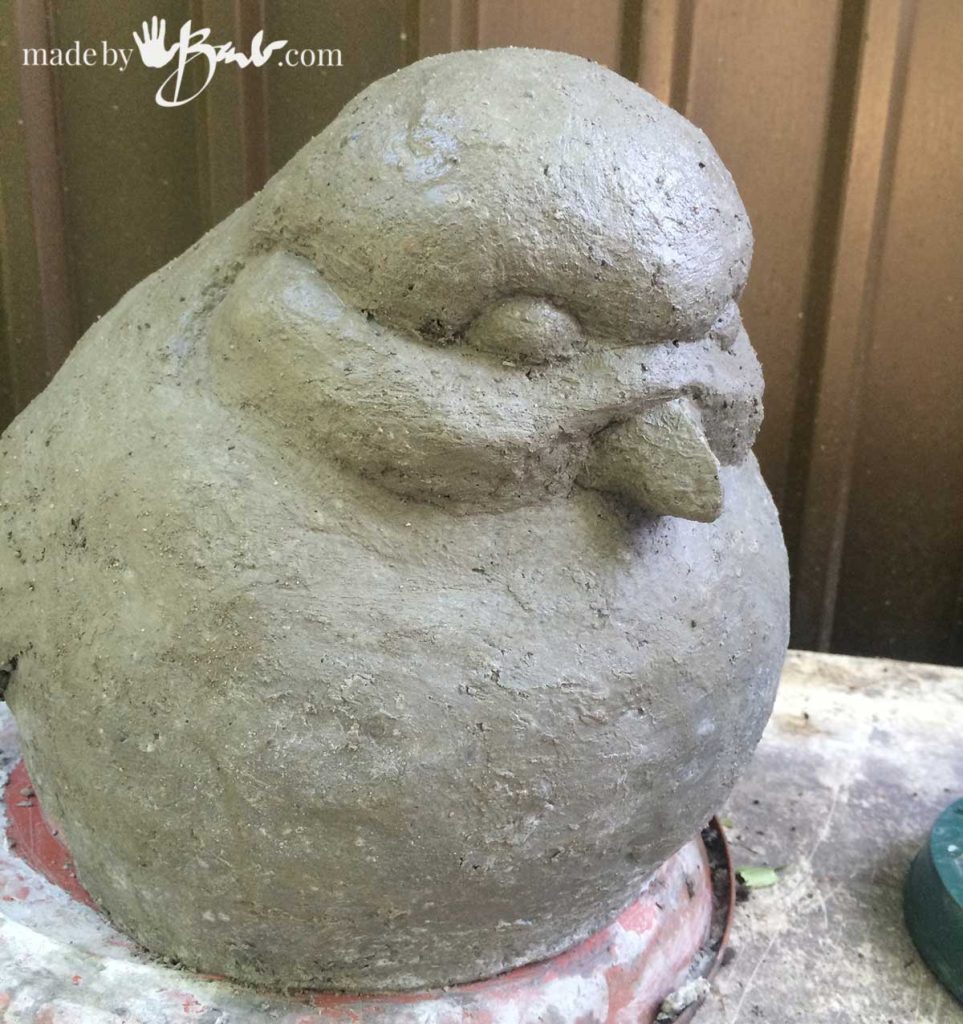
Are you intrigued and ready to start your own clay sculpture journey? With countless workshops available across the United States and a wealth of online tutorials, anyone can step into the world of clay and begin crafting their masterpieces. Embrace the opportunity to unleash your creativity, share your artistry, and connect with others who share your passion for this timeless medium.
DISCOVER MORE: Click here to delve into the evolution of techniques
Exploring Clay Sculpting Techniques and Tools
To truly appreciate the magic of clay sculpture, one must start with an understanding of the techniques that breathe life into this ancient craft. The artistry involved in shaping clay goes beyond mere manipulation; it is an exploration of texture, form, and emotional expression. Each technique reveals a different aspect of the medium, inviting both novice and seasoned artists to engage deeply with their material.
Among the most foundational methods is hand-building, which encompasses techniques such as pinching, coiling, and slab construction. This natural approach allows for unlimited creativity, as artists can construct intricate pieces without the need for a potter’s wheel. Pinching involves starting with a ball of clay and working it into shape using fingers to create forms, while coiling makes use of rolled strands of clay stacked upon one another to build up walls and shapes. Slab construction, on the other hand, involves rolling out flat pieces of clay which can then be joined together to form various structures, providing sculptors with a canvas of linear elegance.
The potter’s wheel represents another significant technique in clay sculpture, primarily associated with pottery but equally impactful in sculpting. Used traditionally for creating symmetrical forms, the wheel allows artists to achieve a dynamic sense of proportion and fluidity. Mastering the wheel requires skill and practice, as it necessitates a rhythmic precision that can turn an unrefined ball of clay into a masterpiece. Artists aspire to achieve both artistry and functionality through wheel-thrown sculptures, making the technique both captivating and challenging.
- Texturing: Artists can manipulate the surface of their clay sculptures using various tools and techniques, including carving, stamping, or even adding materials like fabric to create a variety of tactile experiences.
- Glazing: Once the clay is fired at high temperatures, artists can apply glazes in different colors and finishes, enhancing the aesthetics and texture of the piece, while also providing durability.
- Assembling: For more complex sculptures, artists might seamlessly integrate multiple pieces that were created separately, showcasing the potential for innovation in three-dimensional art.
The choice of clay type plays a critical role in the outcome of a sculpture. Earthenware, stoneware, and porcelain each possess unique qualities that can affect the work’s appearance and functionality. Earthenware, with its reddish hue and porous nature, is ideal for beginners experimenting with texture and form, while stoneware provides durability and versatility due to its mid-range firing temperature and sturdy characteristics. Porcelain, known for its fine quality and delicate translucency, allows for intricate detailing and is often favored by seasoned artists looking to create sophisticated sculptures.
The process culminates in firing, where the clay transforms into a permanent artwork. This crucial phase solidifies the shapes and textures crafted by the artist, binding them in an enduring form that can stand the test of time. The firing process can be a source of anxious anticipation; pieces can change dramatically in appearance, with colors intensifying and textures becoming pronounced, further enriching the artist’s vision.
As artists delve into these techniques and methods, they engage in an ongoing journey of exploration and growth, continually discovering the depths of clay as a medium for expression.
The Art of Clay Sculpture: Techniques and Tips
Clay sculpture is not only a form of artistic expression but also a technique that enables creators to explore shapes and textures like never before. The beauty of clay lies in its malleability, allowing artists to form intricate designs and detailed features that other mediums may struggle to replicate. Whether you are a seasoned artist or a beginner, understanding the various techniques of clay sculpting can enhance your skills and broaden your creative horizons.At the heart of clay sculpture is the concept of handbuilding. This method involves using the hands and simple tools to shape the clay, providing full control over the creation process. Pinching, coiling, and slab-building are all methods that can lead to unique and personal works of art. Additionally, mastering the art of carving adds depth and dimension to your sculptures, allowing for fascinating textures that draw the viewer’s eye.The choice of clay can significantly impact the end result. Due to its varied properties, each type offers unique benefits. For example, earthenware is easily manipulated and holds its shape well, making it ideal for beginners or projects requiring intricate designs. Conversely, stoneware provides a denser finish and a more durable structure, often preferred for functional art pieces. Keeping your tools organized and your workspace clean is also essential when creating clay sculptures. A cluttered workspace can lead to distractions and affect the quality of your work. Explore different tools, from simple sculpting knives to specialized texture rollers, to find what brings out the best in your creative style.Experimentation is key. Don’t be afraid to blend different techniques or introduce new elements to your projects. Incorporating found objects or experimenting with mixed media can push the boundaries of traditional clay sculpture, resulting in innovative art forms. Utilizing the right finishing techniques such as glazing or polishing can dramatically enhance the visual appeal of your work. Glazing not only adds color but also protects the sculpture, showcasing your hard work and artistry for years to come.In summary, the magic of clay sculpture resides in the artist’s ability to manipulate the medium, engaging with it to create profound shapes and textures that convey emotion and story. The journey of experimenting with these techniques provides continual opportunities for growth and discovery.
| Category | Advantages |
|---|---|
| Creativity | Unleashes your artistic potential and allows for personal expression. |
| Tactile Experience | Engages senses through touch, enhancing the connection with the artwork. |
Explore the world of clay sculpture further and let your creativity flow!
DISCOVER MORE: Click here to delve deeper
Unveiling the Artistic Journey: From Inspiration to Creation
The essence of clay sculpture lies not only in techniques but in the profound journey that artists embark upon to derive inspiration. Every piece begins with an idea, a spark that drives the creative process. This element can be as vast as a philosophical concept or as simple as the shape of a leaf. Inspirational sources often include nature, emotions, dreams, and cultural artifacts, guiding the artist in formulating their vision. Artists like Henry Moore have famously drawn from natural forms, encapsulating the essence of organic shapes into monumental sculptures, while contemporary sculptors like Jun Kaneko use vibrant colors and abstraction to evoke emotion and thought.
With a concept in mind, artists begin sketching, a vital step that serves as a blueprint for their thoughts. These sketches not only provide a visual reference but also allow creators to experiment with proportions and forms before committing clay to shape. The duality of inspiration and planning enables artists to maintain an organic, flowing approach to their work while also keeping a framework that can evolve throughout the sculpting process.
Creating Shapes: The Role of Movement and Dynamics
Shaping the clay is where the magic truly unfolds. As sculptors work with their hands, they engage in a tactile orchestra—feeling the clay’s warmth and resistance guides each pull, press, and twist. Movement plays a critical role in shaping; the sculptor’s intention can transform a static mass into a compelling form that conveys dynamism and life. The curvature of a shoulder or the flow of hair can suggest motion even in rigid clay, captivating the viewer’s attention.
- Architectural Shapes: Some artists are drawn to creating structures resembling buildings or monuments, utilizing geometric precision that challenges traditional fluidity, showcasing a stark contrast between hard lines and natural textures.
- Abstract Forms: Others may delve into the realm of abstraction, aiming to evoke feelings through non-representational shapes that challenge perception, allowing viewers to experience the sculpture on multiple emotional levels.
Texture: The Language of Surface
The texture is another powerful aspect of clay sculpture, elevating each creation by providing visual and tactile richness. The surface of a sculpture can be manipulated in various ways—artists can choose to create a smooth, polished finish, or they might opt for a rough, distressed surface, each choice telling a different story. Through texturing techniques such as carving, imprinting, or using found objects, artists impart intricate details that invite viewers to explore their pieces more closely.
Moreover, the role of glazing can enhance this textured experience. The application of glazes transforms the aesthetic appeal of sculptures, as they catch light differently, accentuating contours and surfaces. The interplay between various glaze colors and finishes—whether matte, glossy, or metallic—can infuse life into the sculpture, creating a multisensory experience that captivates the eye. Artists often experiment with layering glazes to achieve depth, enriching their narratives.
In the hands of a skilled artist, every lump of clay holds potential. From inspiration to technique, to the play of textures and forms, the magic of clay sculpture reveals a vast landscape of creativity. Each piece combines the artist’s vision, technical prowess, and emotional depth to produce artworks that resonate profoundly with an audience. The dynamic world of clay sculpture indeed serves as a remarkable path of discovery, fostering an appreciation for the artist’s skill and the beauty of the medium itself.
DISCOVER MORE: Click here to learn about sustainable crafting
Conclusion: Embracing the Art of Clay Sculpture
The journey through the world of clay sculpture captivates artists and audiences alike, weaving a narrative that transcends the mere act of sculpting. The fusion of inspiration, movement, and texture showcases the medium’s versatility, inviting exploration into an endless array of forms. Each creation reflects not only the artist’s technical skill but also their unique perspective, revealing stories that resonate on emotional and intellectual levels.
As we reflect on the artistic process, it is evident that clay is not simply a malleable substance; it is a conduit for expression. The tactile experience of shaping, the dynamics of movement, and the nuanced language of surface all contribute to a rich dialogue between the artist and their audience. From the architectural lines that embrace order to the free-flowing shapes that encourage the imagination, every sculpture holds a tale awaiting discovery.
The transformative power of clay has been embraced by numerous contemporary artists in the United States and around the globe, who continue to push boundaries and redefine traditional practices. As you delve deeper into the magical realm of clay sculpture, consider the works of emerging talents and established masters alike. Each sculpture provides an opportunity to engage with art that is both visceral and profound, encouraging a deeper understanding of human experience.
In closing, the magic of clay sculpture is not just about creating beautiful shapes and textures; it empowers us to connect, reflect, and find beauty in the process of making. So, whether you are an aspiring artist or an enthusiastic admirer, let the world of clay inspire your creative journey and spark an everlasting fascination with this timeless art form.

